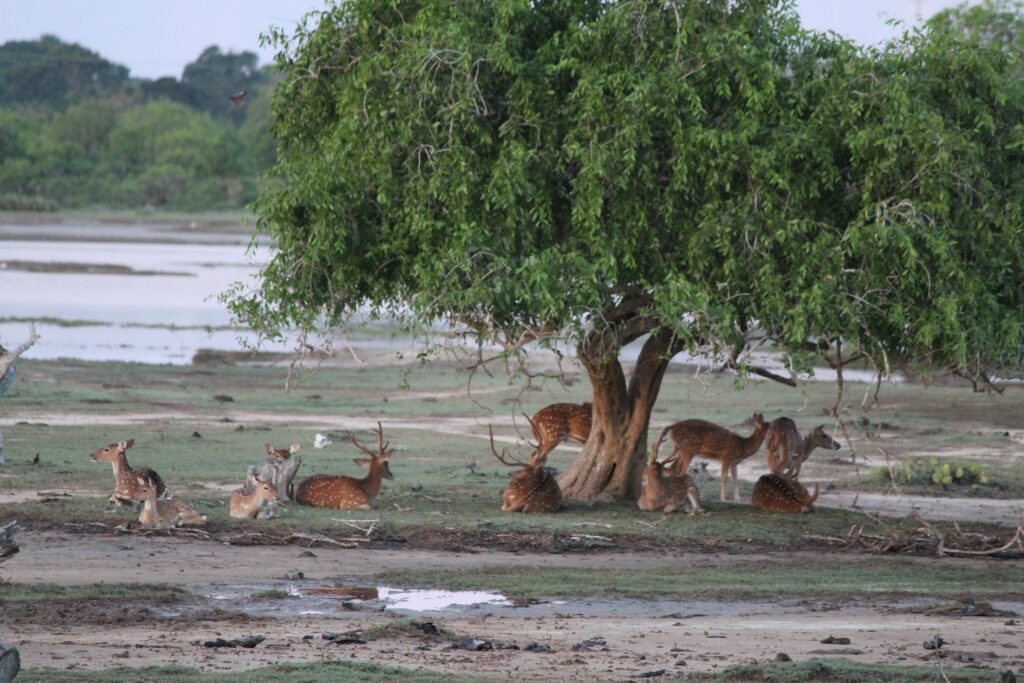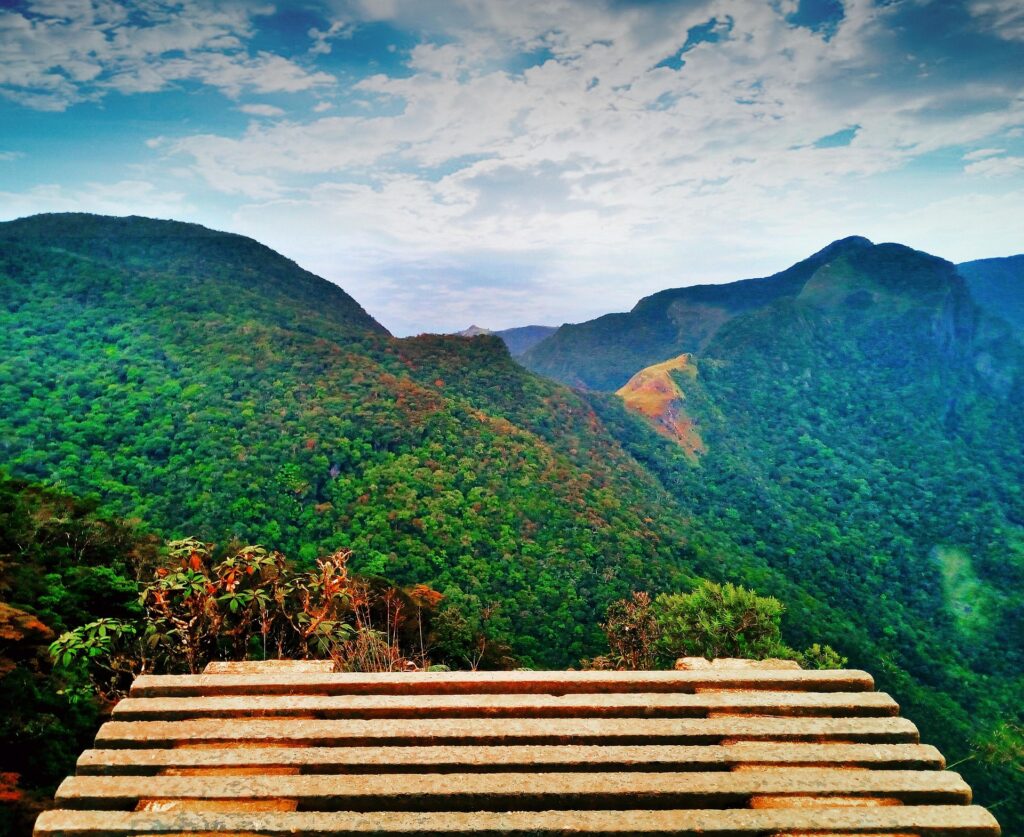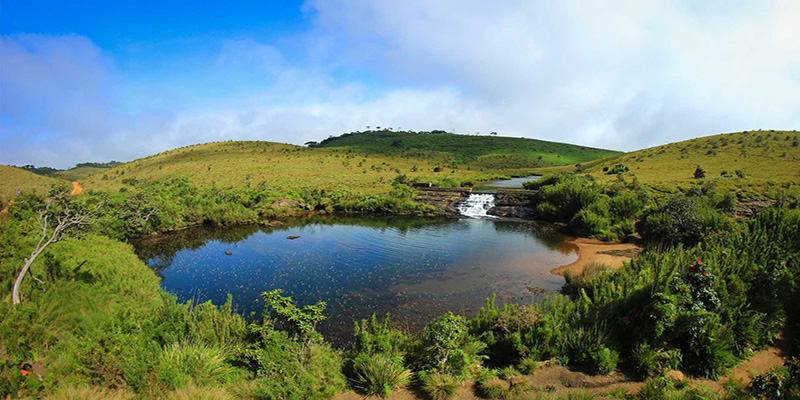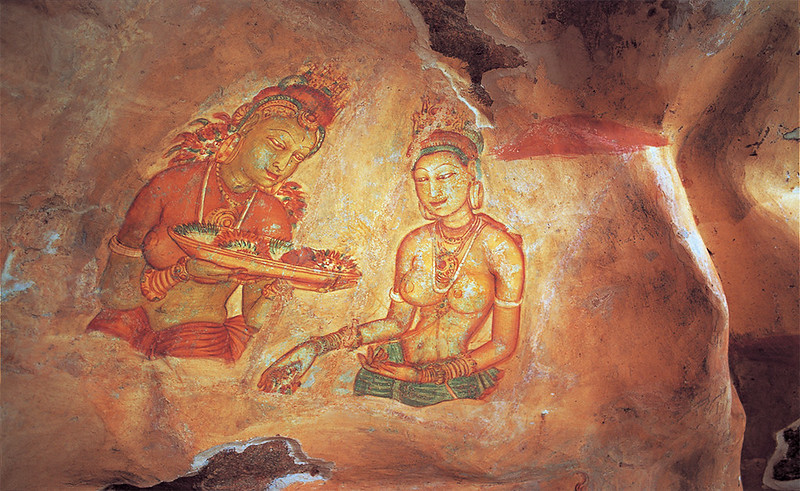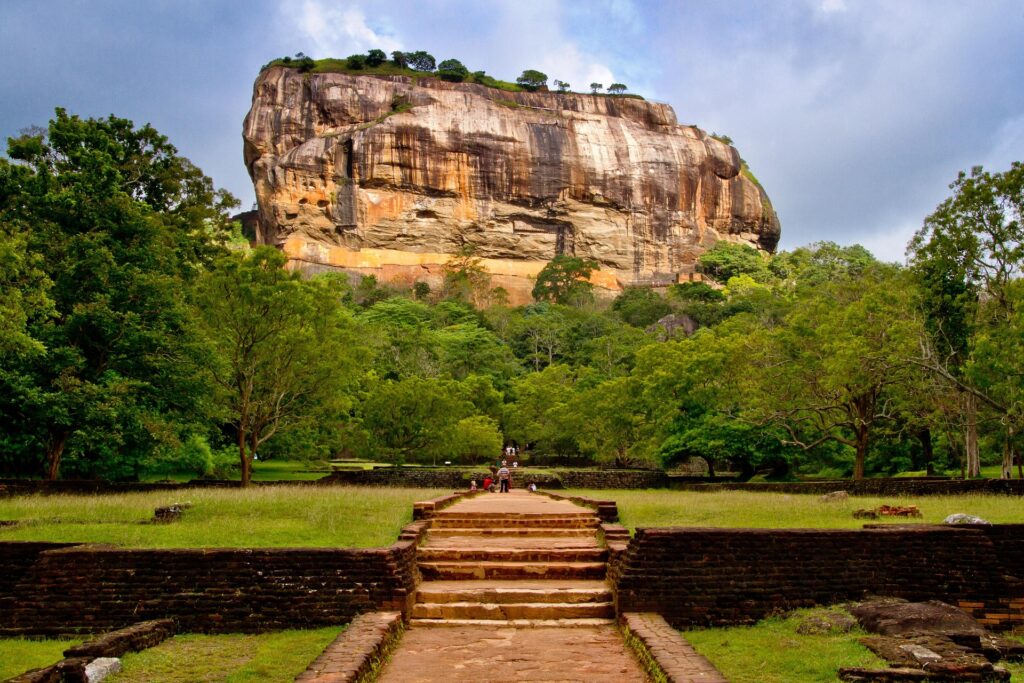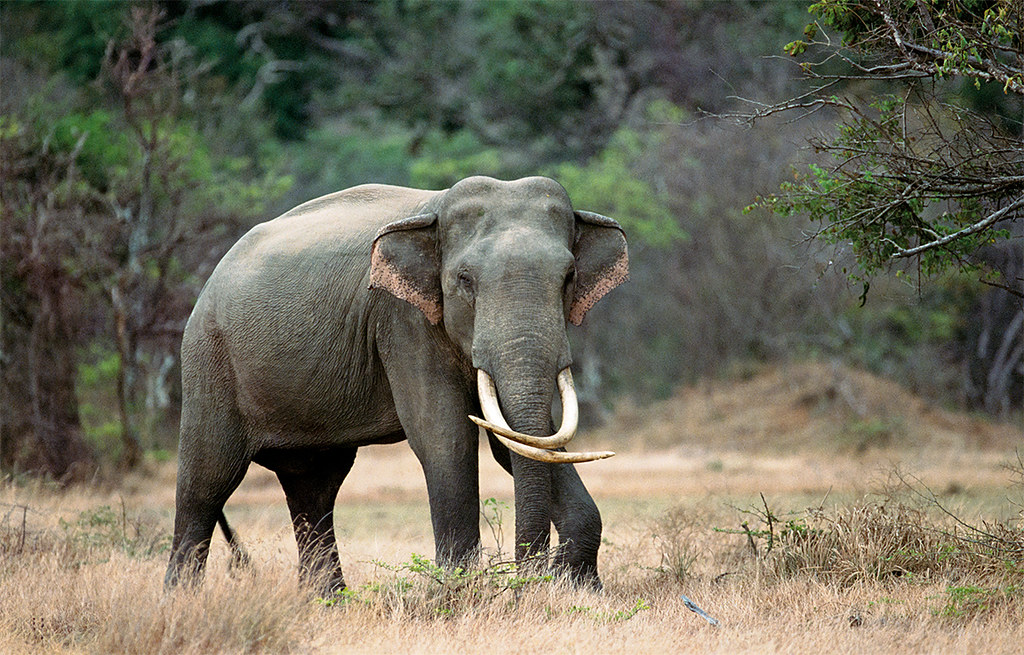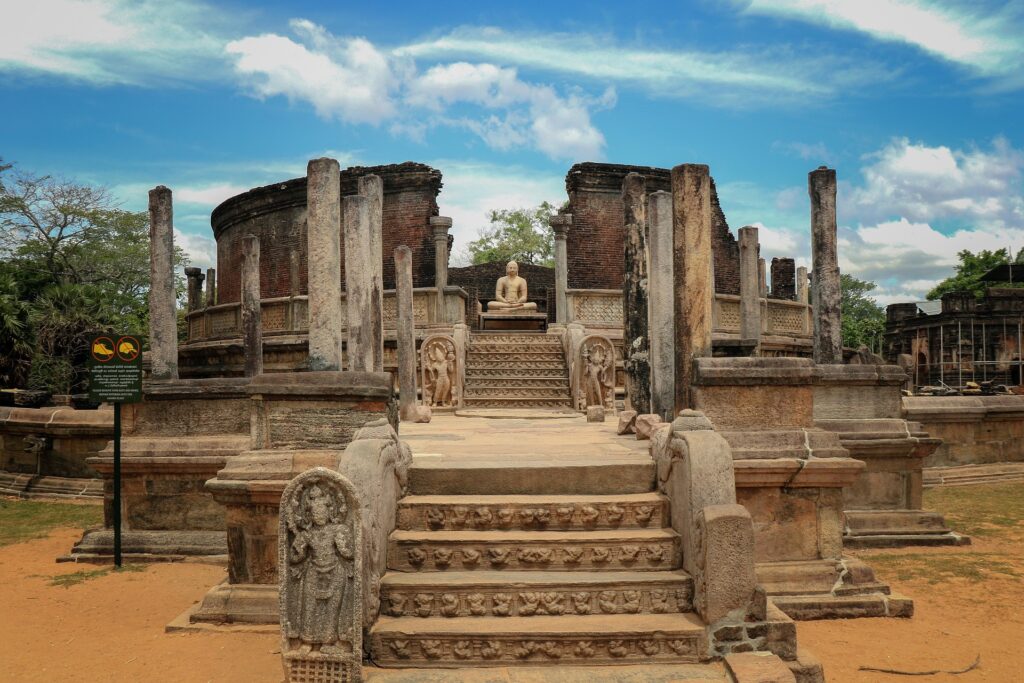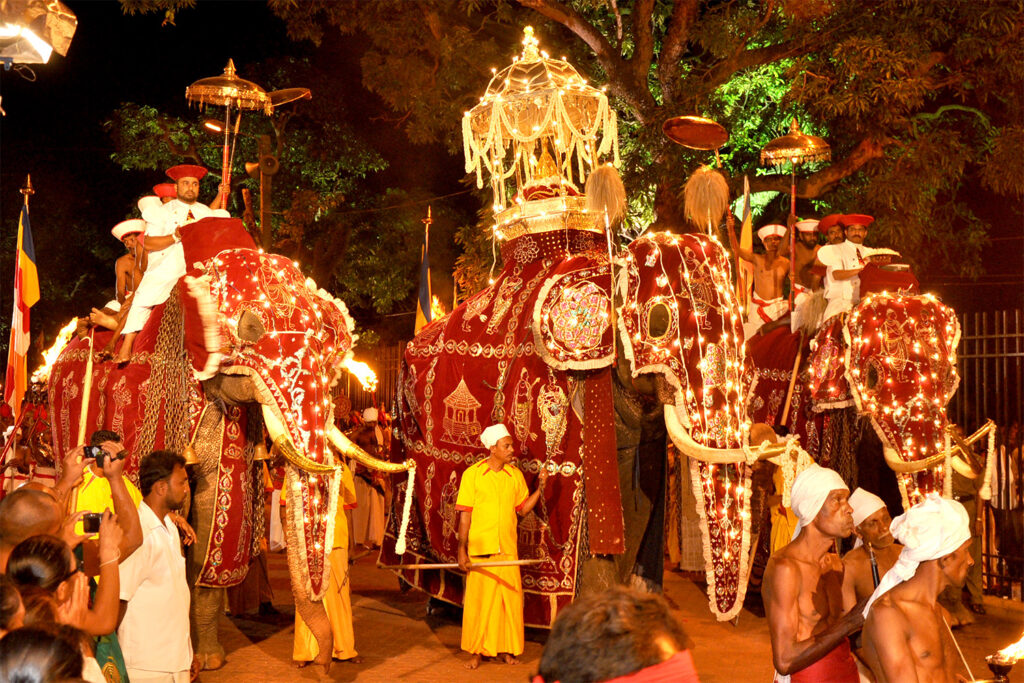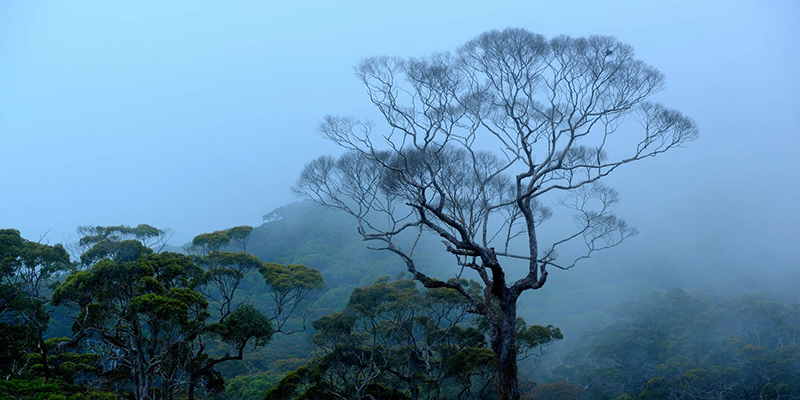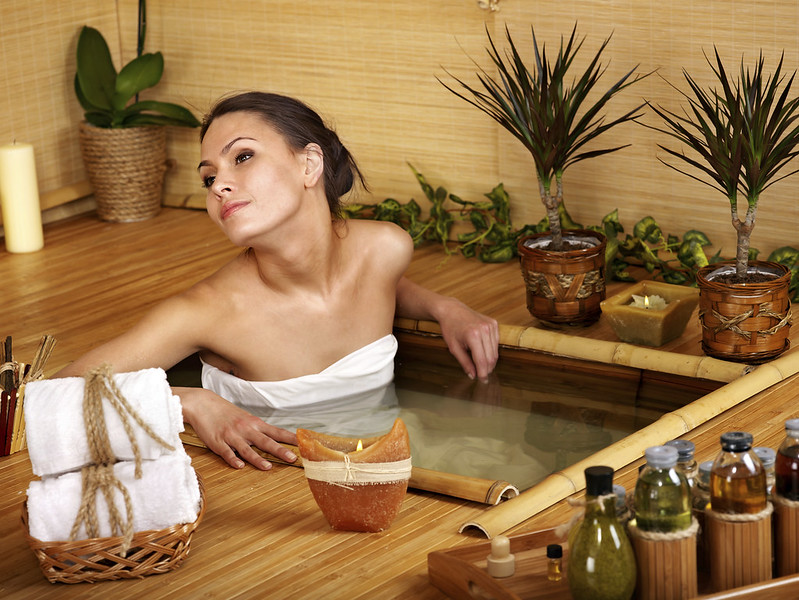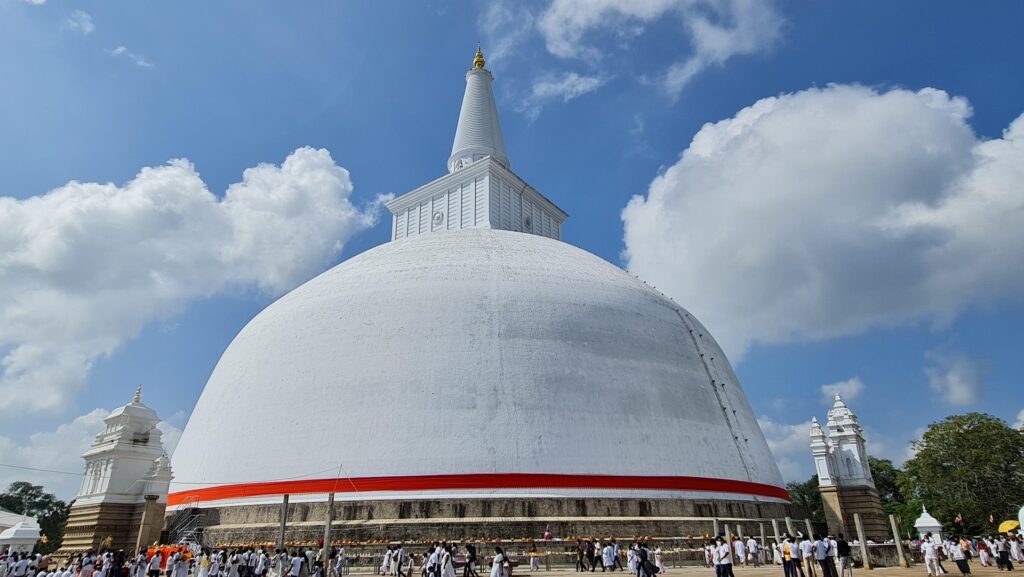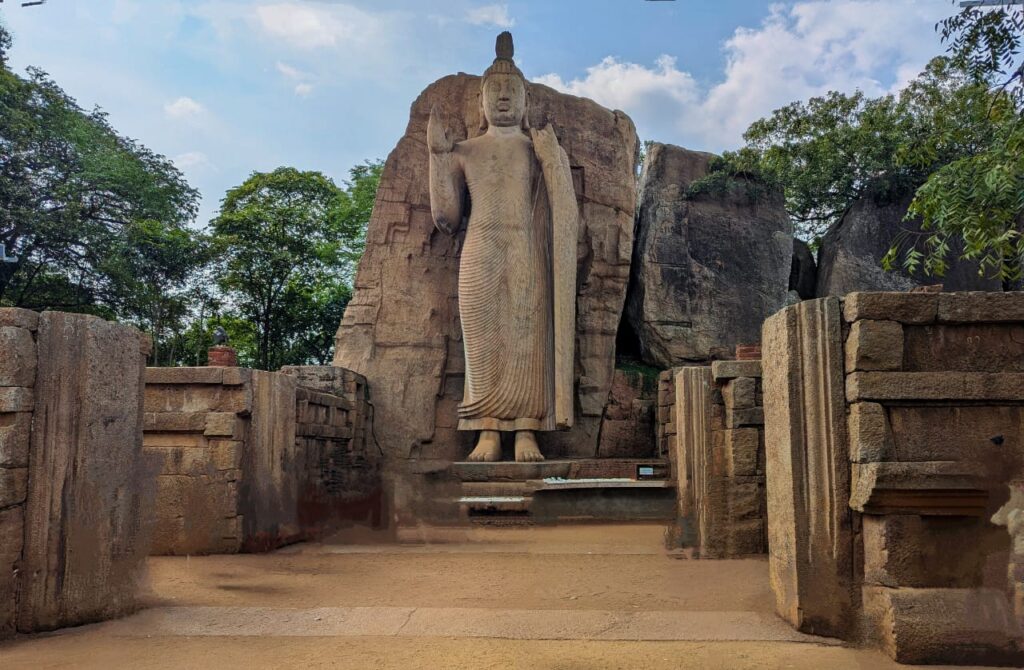Culture and Rituals
Culture and Rituals in Sri Lanka: A Journey Through Tradition and Heritage
Sri Lanka, a mesmerizing island nation in South Asia, is renowned for its rich cultural heritage and age-old traditions. Steeped in history, this paradise blends Buddhist, Hindu, Christian, and Islamic influences, creating a unique cultural tapestry that attracts millions of tourists every year. From grand religious festivals to everyday customs, Sri Lanka’s culture and rituals offer a deep insight into the island’s vibrant way of life.
Buddhist Rituals and Practices
Buddhism plays a dominant role in Sri Lankan culture, with over 70% of the population practicing Theravāda Buddhism. Ancient temples, such as the Temple of the Sacred Tooth Relic in Kandy, are spiritual hubs where devotees perform daily offerings and prayers. Poya Days, which occur every full moon, are public holidays marked by temple visits, meditation, and acts of kindness.
One of the most significant Buddhist rituals is the Perahera Festival, notably the Esala Perahera in Kandy. This grand procession features beautifully adorned elephants, traditional Kandyan dancers, fire twirlers, and drummers, reflecting Sri Lanka’s deep spiritual devotion and artistic heritage.
Hindu Traditions and Celebrations
Sri Lanka’s Hindu population, primarily Tamils, celebrate vibrant festivals that attract both locals and tourists. The Thai Pongal Festival, held in January, is a thanksgiving event where families prepare a special rice dish known as “Pongal” to honor the Sun God.
Another awe-inspiring ritual is the Vel Festival, where devotees take part in ceremonial processions, carrying decorated chariots and performing acts of penance such as body piercings. The Nallur Kandaswamy Kovil in Jaffna is one of the most significant Hindu temples, drawing worshippers from around the world.
Sinhala and Tamil New Year
The Sinhala and Tamil New Year (Avurudu), celebrated in April, marks the end of the harvest season and is one of the most anticipated cultural events in Sri Lanka. Traditional customs such as boiling milk to symbolize prosperity, lighting oil lamps, and engaging in festive games highlight the unity between different ethnic groups.
Food plays an essential role in this celebration, with special dishes like kiribath (milk rice), kokis, and kevum (oil cakes) prepared and shared among family and friends.
Traditional Sri Lankan Weddings
Sri Lankan weddings are a grand affair deeply rooted in cultural customs. The Kandyan wedding ceremony is the most popular, featuring the bride and groom dressed in elaborate attire, including the regal “Osariya” for the bride and the majestic “Nilame” costume for the groom.
The Poruwa Ceremony, a traditional wedding ritual, involves auspicious chants, betel leaf offerings, and the tying of the couple’s pinky fingers with gold thread to signify unity and commitment.
Sri Lankan Folk Dances and Music
Traditional dance forms, such as the Kandyan dance and Low Country dances, are integral to Sri Lanka’s cultural identity. These performances, often accompanied by rhythmic drumming, narrate historical and religious stories while showcasing the island’s artistic excellence.
The Kolam and Devil Dances are unique rituals performed to ward off evil spirits and bring good fortune. These traditional performances, featuring intricately crafted masks, continue to attract tourists seeking an authentic cultural experience.
Sri Lanka’s culture and rituals provide a captivating blend of spirituality, heritage, and festivity. Whether it’s witnessing a grand Perahera procession, participating in a traditional New Year’s celebration, or experiencing an elaborate Sri Lankan wedding, visitors are bound to be enchanted by the island’s deep-rooted traditions. With its diverse customs and rich history, Sri Lanka remains a must-visit destination for cultural tourism enthusiasts.

